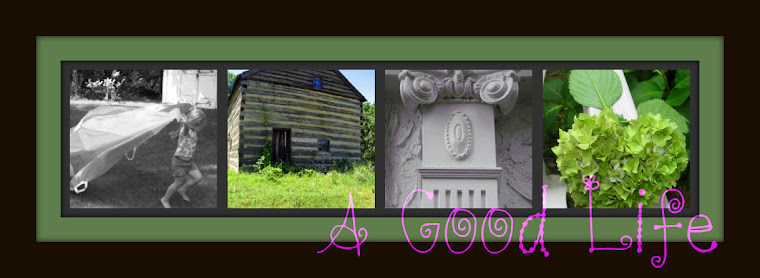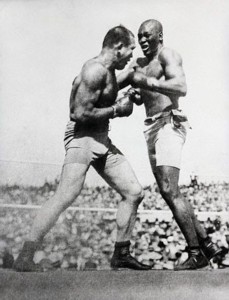July 1, 1910
The boys & pastor of the SBC (I think that is their bible study group) met at my house to adopt a constitution. Carrol Sanger called me up (There is that phone again) & ----- Bess & I to go to the Wordsworth his people --August.
W. Fine Hottest Day
R. 11:15
July 2, 1910
Finished ------ ------ & up home to supper. Kate Surnam came at 6 p.m. from Philadelphia & said Gertie was bad off from her fall and & they have small hope for her. I went to gym & took a bath & met Bess.
W. Hot
R. 11:30
Gertie is his cousin. And even though Adam and Bess and Kate don't yet know it, Gertie is going to live. I found an article about her later around 1912. She becomes a nurse and marries someone she takes care of in a hospital.
July 3, 1910
Pressed my clothes but did not go to Sunday school & stayed home all day & over home to supper. Kathy & Kate up at night.
Hot & colder at night. Windy and had to get up and close the window.
R. 10:20
July 4, 1910
Home all day and I painted the back of the house. The Withams & Kate, Pratts, Pearce, Dave, Beatrice & our family over at night to seer Fireworks at the stadium.
JOHNSON BEAT JEFFERIES in 15 rounds at Reno Nevada.
W. Colder
R. 11
Again with the history. Although he's not much into recording his emotions, hats off to his history recording. I love this man.
What he is referring to is what has become known as “The fight of the twentieth century”, the heavyweight fight between reigning heavyweight champion Jack Johnson and former heavyweight champion Jim Jefferies that took place on July 4th, 1910 in Reno, Nevada. This next part is long but interesting and is from boxingnews.com
The fight took place on July 4th, 1910 with more than an astounding 16,000 people in attendance. During the fight some 1500 die-hard fight fans crashed the gate to see the fight.
Unable to find a referee for the fight, Rickard even asked President William Taft to referee the fight; when Taft declined, Rickard took on the task of referee for the first time in his life.
Many rumors circulated throughout the crowd, among them were reports that a sniper was in the crowd and if Jefferies didn’t take out the champ the sniper would.
As the 45 round fight began, the temperature in the ring was a suffocating 110 degrees.
Right before the fight Johnson was told Jefferies was too strong to hold o-r tie into a clinch. Johnson not only tied Jefferies up during the fight, he also pinned the former champion’s arms behind his back to wear him down. The heat took its toll on both men.
Finally in the fifteenth round Jefferies was knocked down for the first time in his career. By the third knockdown in the round, Rickard stopped the fight with Johnson winning his second title defense.
Johnson made an astonishing $60,000 for the fight and a total of $120,000 with money from the filming of the fight. Jim Jefferies made $40,000 for the fight and an amazing $70,000 for signing with Rickard.
Later the film was banned in the U.S. having caused race riots with 37 deaths being attributed to those riots. It would mark the end of Jefferies boxing career for good. Johnson went on to defend his title for a third time against Jim Flynn exactly two years later on July 4th, 1912. Jack Johnson won the fight with Flynn with a ninth round knockout but his legal battles were far from over.
Johnson was once again arrested, this time for violating the “White Slave Traffic Act”. He was convicted and sentenced the following year to a term of one year and one day in prison and ordered to pay a fine of $1000.
While he was still out on appeal, Johnson fled the U.S. to live in Europe, South America and Mexico. Johnson managed to hold on to his heavyweight belt by fighting a title defense in Paris.
Having held the heavyweight title since December of 1908, Johnson finally lost the belt to Jess Willard in a 26 round fight in Havana in April of 1915. Johnson eventually turned himself in to U.S. authorities in 1920 and finished serving out his time in prison. Jack Johnson went on fighting exhibitions until retiring from boxing in 1945.


No comments:
Post a Comment